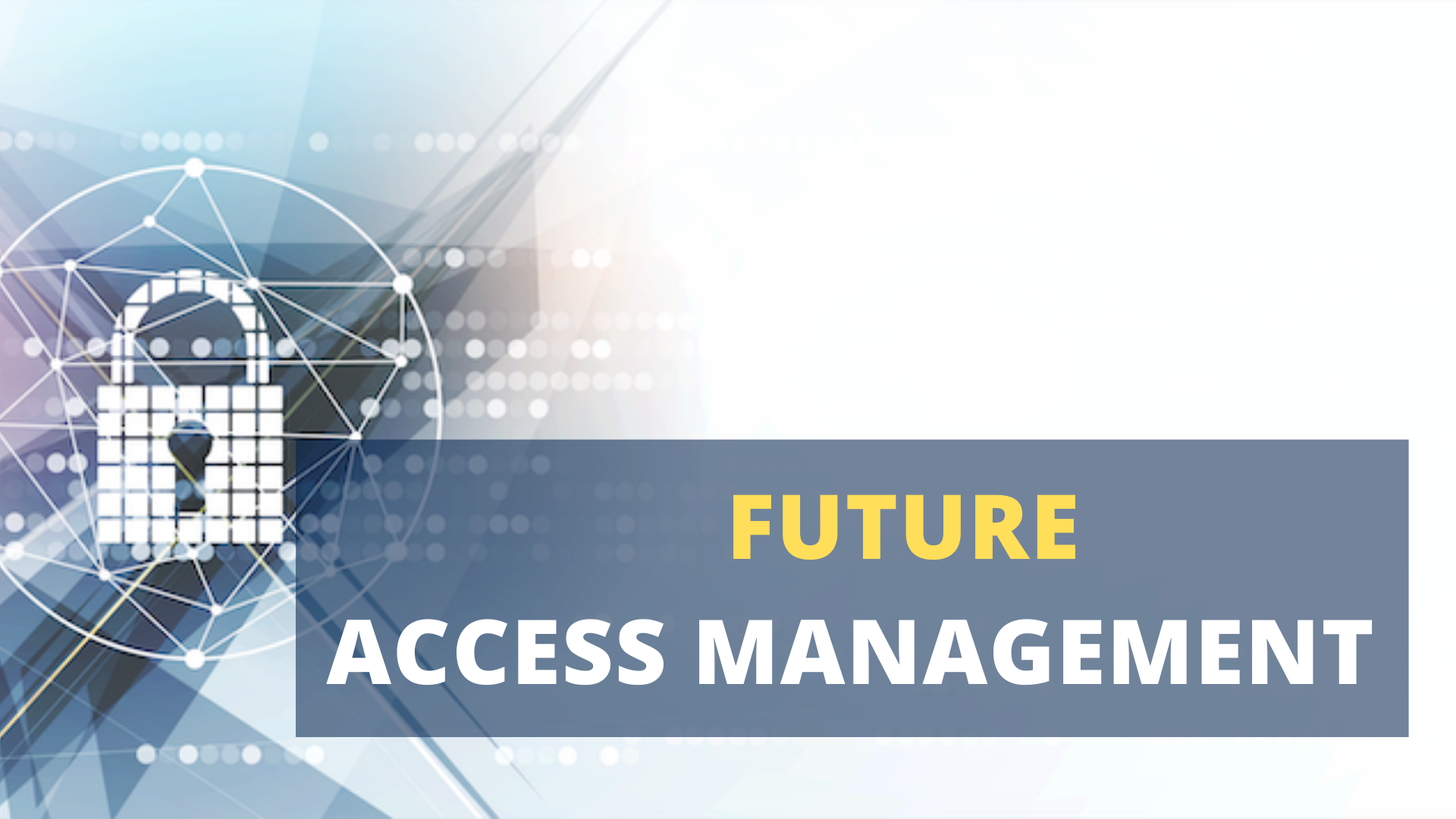
As our digital lives become increasingly complex and interconnected, access management has become a critical concern for businesses and individuals alike. Passwords have long been the primary method of authentication, but they are not without their limitations. As cybersecurity threats continue to evolve and become more sophisticated, many experts believe that passwordless authentication is the future of access management.
Passwordless authentication refers to a method of authentication that does not require the use of a password. Instead, it relies on other factors to verify a user's identity, such as biometrics (such as fingerprint, face, or iris recognition), device recognition, or cryptographic keys. Passwordless authentication offers several benefits over traditional password-based authentication, including improved security, user experience, and ease of use.
One of the biggest advantages of passwordless authentication is that it eliminates the need for passwords. Passwords are a major security weakness, as they are often easy to guess or crack, and can be reused across multiple accounts. Passwordless authentication removes this vulnerability, making it much more difficult for cybercriminals to gain unauthorized access to sensitive data.
Passwordless authentication is also more user-friendly than traditional password-based authentication. Passwords can be difficult to remember, and many people resort to writing them down or reusing the same password across multiple accounts. This can create security vulnerabilities and increase the risk of data breaches. With passwordless authentication, users don't have to remember passwords or worry about the security of their login credentials. This improves the user experience and reduces the risk of human error.
There are several types of passwordless authentication methods. Biometric authentication, such as fingerprint, face, or iris recognition, uses unique physical characteristics to verify a user's identity. Device recognition, such as a trusted device or browser, confirms the user's identity based on the device they are using. Cryptographic keys, such as a smart card or USB token, use a digital certificate to verify the user's identity. Each method has its own strengths and weaknesses, and the best option depends on the specific needs of the business or individual.
Passwordless authentication is not without its challenges. One major challenge is adoption. Many businesses and individuals are used to the convenience of passwords and may be resistant to change. Passwordless authentication also requires specialized hardware or software, which can be expensive to implement. Additionally, some passwordless authentication methods, such as biometric authentication, may not be suitable for all users.
Despite these challenges, many experts believe that passwordless authentication is the future of access management. As cyber threats become more sophisticated, businesses and individuals will need to adopt more advanced security measures to protect their data. Passwordless authentication offers a more secure, user-friendly, and efficient alternative to traditional password-based authentication, and is likely to become increasingly popular in the years to come.
Passwordless authentication is rapidly becoming the future of access management. By removing the need for passwords, organizations can significantly reduce the risk of security breaches caused by weak or stolen passwords. Passwordless authentication methods such as biometrics, security keys, and mobile devices provide a more secure and user-friendly authentication experience.
As the use of passwordless authentication continues to increase, organizations must stay up to date with the latest technologies and security best practices to ensure that their access management systems are secure and effective. While there may be challenges to overcome, the benefits of passwordless authentication make it a crucial aspect of modern security systems. By embracing passwordless authentication, organizations can enhance their security posture while providing a more streamlined and user-friendly experience for their users.
